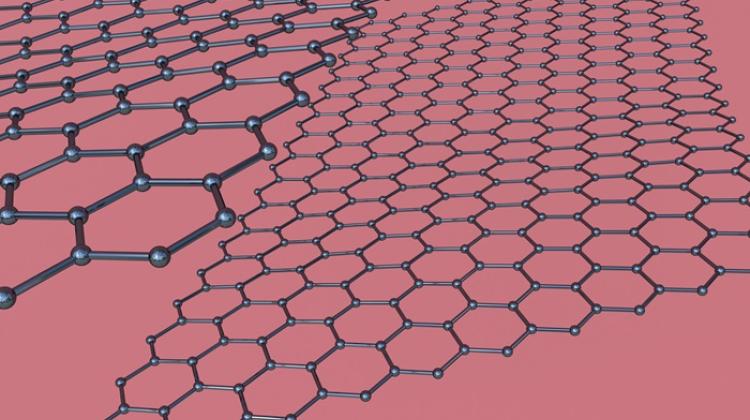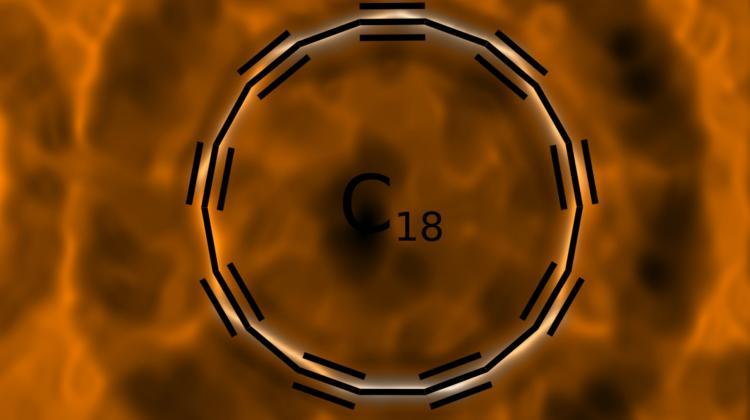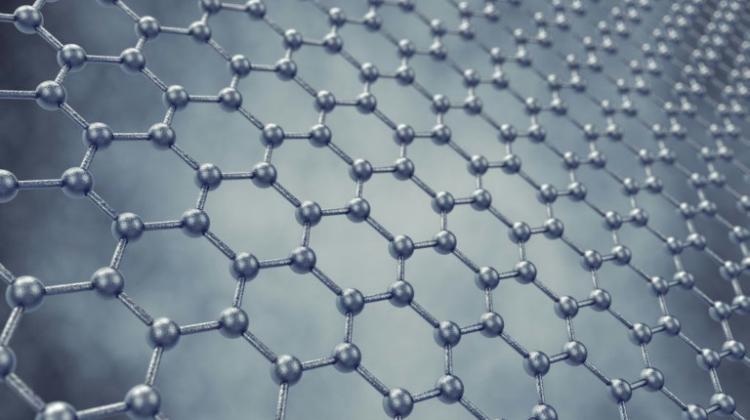Warsaw researchers test graphene monolayers in dressings
 Credit: Adobe Stock
Credit: Adobe Stock
Scientists from from the Warsaw University of Life Sciences (SGGW) are working on a dressing with the addition of a graphene monolayer to be used on superficial skin wounds. This solution could potentially result in faster and better healing of wounds in humans and animals, the university reports.
Graphene is a single layer of carbon atoms arranged in a honeycomb shape. It has unique physical and chemical properties, and is increasingly used in scientific research. Scientists at SGGW focus on the properties of graphene that can be used in the process of healing skin wounds.
Since graphene has antibacterial properties and a structure that can constitute a scaffold, i.e. a substrate for cells, it could be used as a bio-dressing.
Graphene monolayer instead of nanoflakes
In the SGGW research, the scientists used a monatomic layer (monolayer) of graphene, the university reports on its website. This material is very thin and at the same time extremely durable in relation to its structure. It adheres perfectly to various surfaces, including glass, a property that a team of scientists from SGGW used to conduct research on cells on the material coated with a graphene monolayer. Unlike graphene nanoflakes, its structure does not damage cells.
'Graphene in the form of a monolayer is a homogeneous, continuous layer of carbon, which is one atom thick on the majority of its surface. Such graphene adapts to the surface to which it is transferred, which translates into its properties and impact on cells. However, graphene free from defects does not exists. Defects in the graphene structure may arise spontaneously during the production process or they may be introduced by changing the properties of the material. They can be identified using Raman spectroscopy,’ says Dr. Iwona Lasocka from the Department of Animal Environmental Biology at the Institute of Animal Sciences at the Warsaw University of Life Sciences.
Graphene on glass
After seeding the cells on graphene-coated glass, researchers observe what happens to them. Dr. Lasocka says that scientists can assess the impact of a graphene monolayer on the viability of cells, their ability to adhere to the substrate and migrate (move along the substrate), the formation of the cell skeleton and even mitochondrial activity (the metabolic capacity of the cell or the energy reactions of the cell).
The research carried out so far as part of the project has shown that the graphene monolayer is not toxic.
'The results of our research clearly indicate that the use of a uniform layer (monolayer) of graphene does not cause changes in the morphology of cells involved in the wound healing process, it does not have a negative impact on the elements of their cytoskeleton or a toxic effect on the metabolic processes of cells. Therefore, we can conclude that the graphene substrate is characterised by cytocompatibility, which does not have a negative impact on the process of ordered cell migration, as confirmed in vitro in a wound healing test,’ says Dr. Lasocka.
The researcher emphasises that graphene in the form of a monolayer was a substrate for cells, therefore it did not exist in a free state in solution, and only affected the cell on the surface.
'The advantage of this solution is that the cells do not come into contact with the sharp edges of graphene and that it does not have a destructive effect on cells, nor is it incorporated (internalised) into cells, as indicated by the authors of projects using graphene suspended in a solution in the form of nanosheets/nanoflakes,’ says Lasocka.
The SGGW project examined cells involved in the skin healing process: fibroblasts, keratinocytes and mesenchymal stem cells. The cells used in the research come from the ATCC (American Type Culture Collection) cell bank.
'We are now investigating macrophages, i.e. cells of the immune system. These cells are active throughout the entire wound healing period, which, in simple terms, can be divided into the inflammatory, proliferative and reconstructive phases. Any tissue damage heals as a result of the inflammatory reaction, which is particularly intense when the wound is contaminated, i.e. infectious agents, dead cells or foreign bodies may be present. The wound is cleaned by macrophages,’ says Dr. Lasocka.
As a result, after preliminary in vitro tests, a graphene monolayer may prove to be a valuable material for animal tests. However, before a product is created and marketed, it must be thoroughly tested in terms of its impact on animals, humans and the environment.
In addition to Dr. Lasocka, the members of the team working on the solution included: Dr. Lidia Szulc-Dąbrowska, a professor at SGGW; Dr. Ewa Skibniewska, a professor at SGGW and Dr. Michał Skibniewski. The scientists also cooperate with researchers from the Warsaw University of Technology: Dr. Iwona Pasternak from the Faculty of Physics, Dr. Elżbieta Jastrzębska, a professor at the Faculty of Chemistry, and with Professor Marie Hubalek-Kalbacova from the Charles University in Prague.
The research was financed with the Warsaw University of Life Sciences grants for young scientists. In 2022, the Polish National Science Centre granted funding for further work on the bio-dressing in the Miniatura 6 programme.
PAP - Science in Poland, Ewelina Krajczyńska-Wujec
ekr/ zan/ kap/
tr. RL
Przed dodaniem komentarza prosimy o zapoznanie z Regulaminem forum serwisu Nauka w Polsce.



















